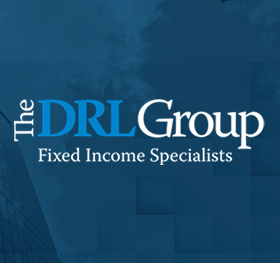Investors may be puzzled about why bond values are declining while stocks soar and Treasuries hold steady. However, this situation presents a compelling opportunity for savvy investors.
The primary driver of lower bond valuations is a significant increase in supply, expected to reach as much as $15 billion by year-end—$3 billion more than last year. While this stockpile exerts downward pressure on prices, it simultaneously creates attractive long-term yields for new bond buyers, averaging over 5%. Existing bondholders may experience softer valuations now, but those waiting to buy will find more favorable coupons and yields with new issues.
Inflation concerns are also influencing the market. Consumers are feeling inflation’s impact firsthand and worries about ongoing tariff policies contributing to volatile price increases keep potential buyers hesitant. This uncertainty leads to a slower absorption of new supply. Furthermore, certain sectors, particularly higher education and healthcare, face negative publicity due to funding cuts, diminishing their attractiveness to risk-averse investors.
Market sentiment plays a role as well; when the stock market is booming, investors are drawn to risky assets, leading to decreased interest in lower-risk municipal bonds. Even with stable Treasury yields, shifting preferences for corporate or Treasury bonds can affect Muni pricing dynamics.
Yet, despite these pressures, now is an opportune time to invest in bonds. Supply will eventually moderate, the stock market will experience corrections, and clearer policies regarding tariffs will emerge. As conditions shift, the potential for decreased yields and increased bond prices looms large. For those holding bonds with lower yields, current market dynamics can present an attractive chance to enhance your bond portfolio with reliable returns. Embrace this moment—consider adding bonds to your investment strategy.


